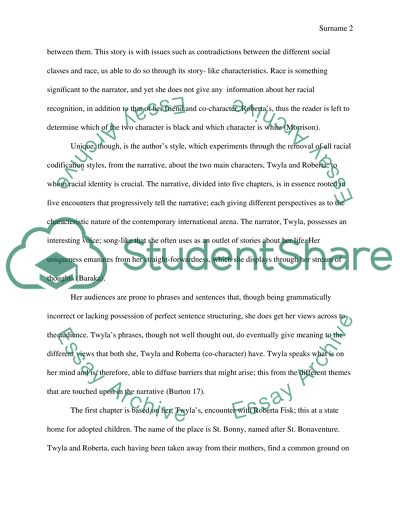Cite this document
(“Toni Morrisons Recitatif Research Paper Example | Topics and Well Written Essays - 2250 words”, n.d.)
Retrieved from https://studentshare.org/literature/1397188-toni-morrisons-recitatif
Retrieved from https://studentshare.org/literature/1397188-toni-morrisons-recitatif
(Toni Morrisons Recitatif Research Paper Example | Topics and Well Written Essays - 2250 Words)
https://studentshare.org/literature/1397188-toni-morrisons-recitatif.
https://studentshare.org/literature/1397188-toni-morrisons-recitatif.
“Toni Morrisons Recitatif Research Paper Example | Topics and Well Written Essays - 2250 Words”, n.d. https://studentshare.org/literature/1397188-toni-morrisons-recitatif.


